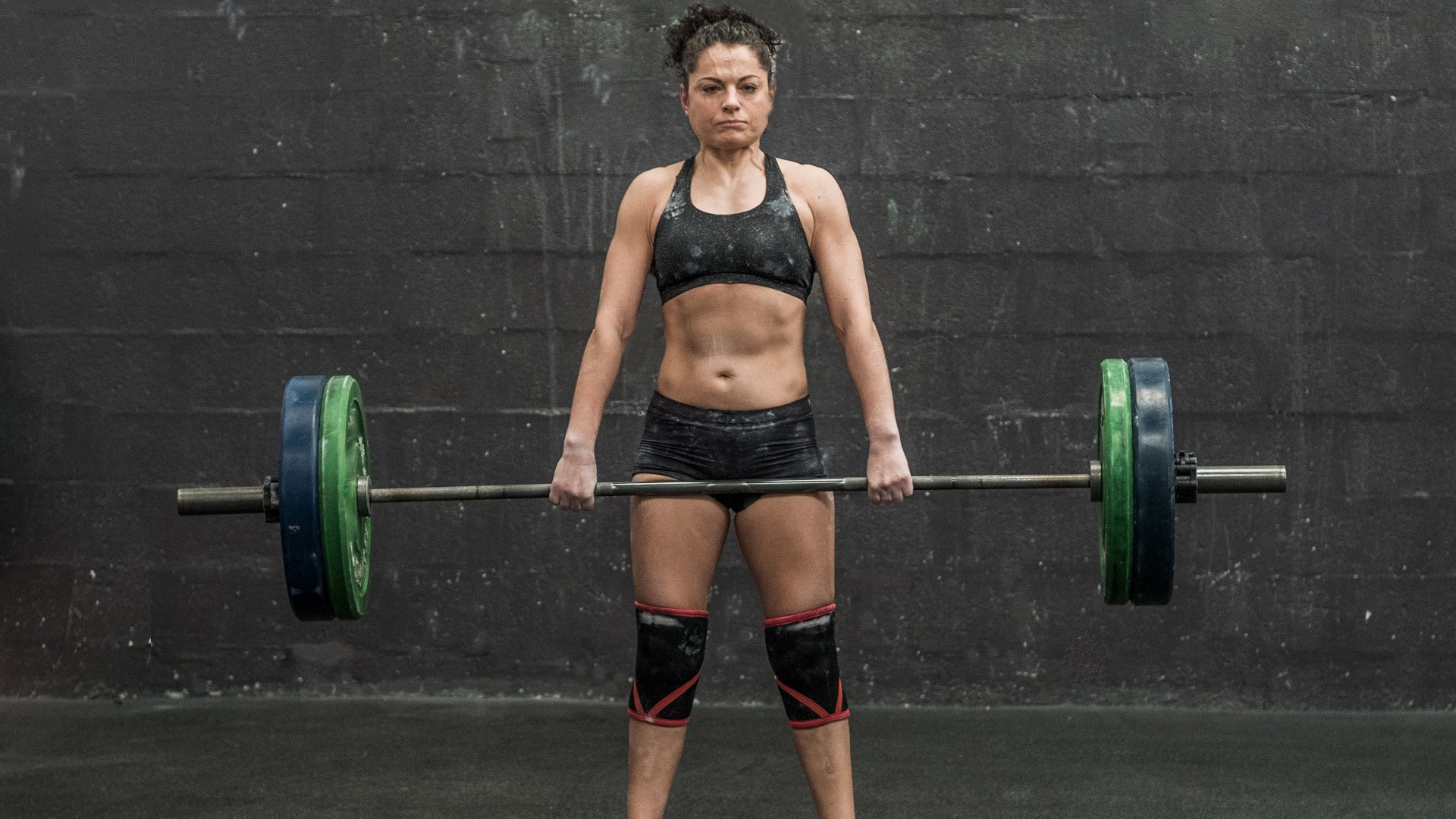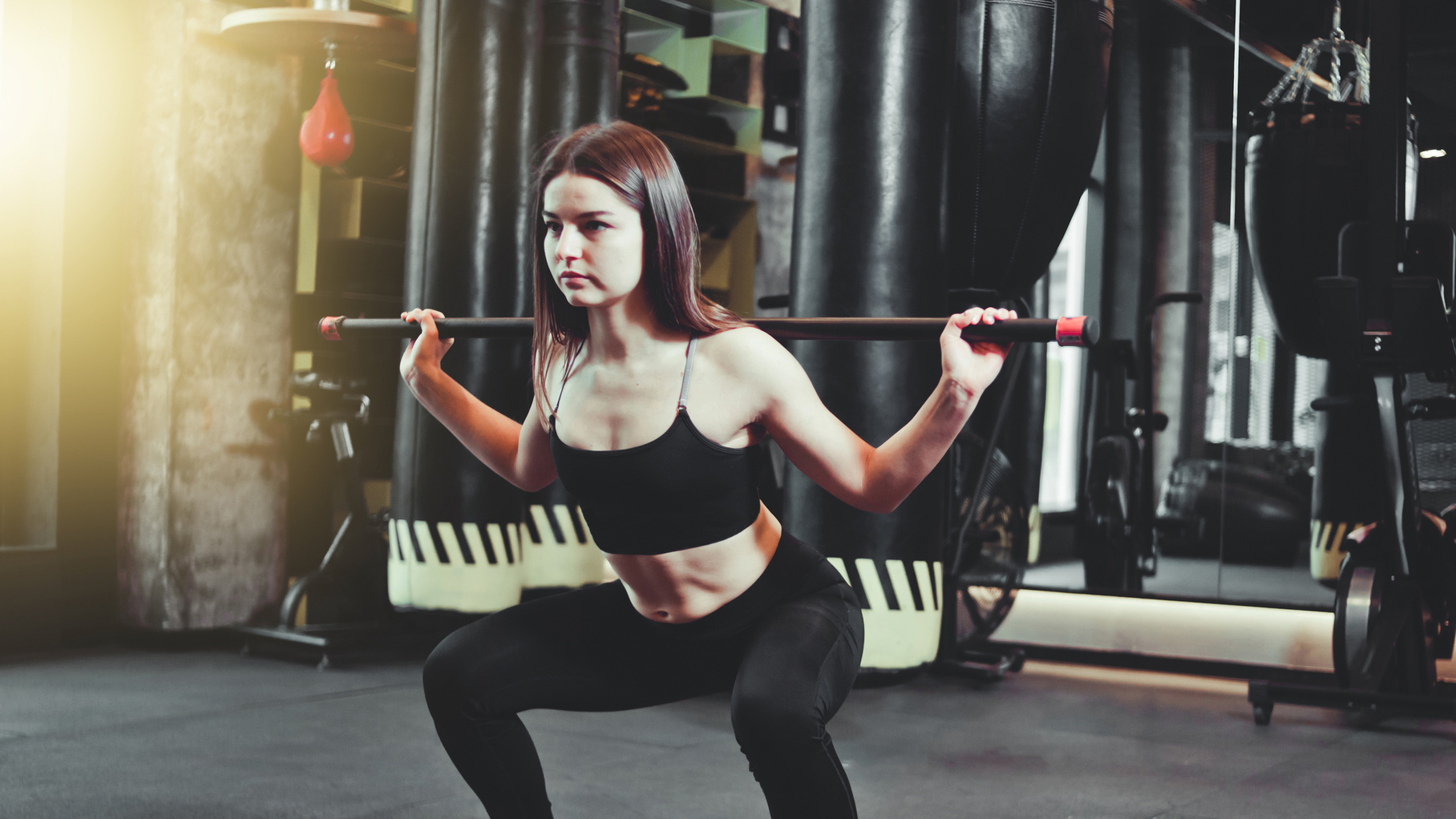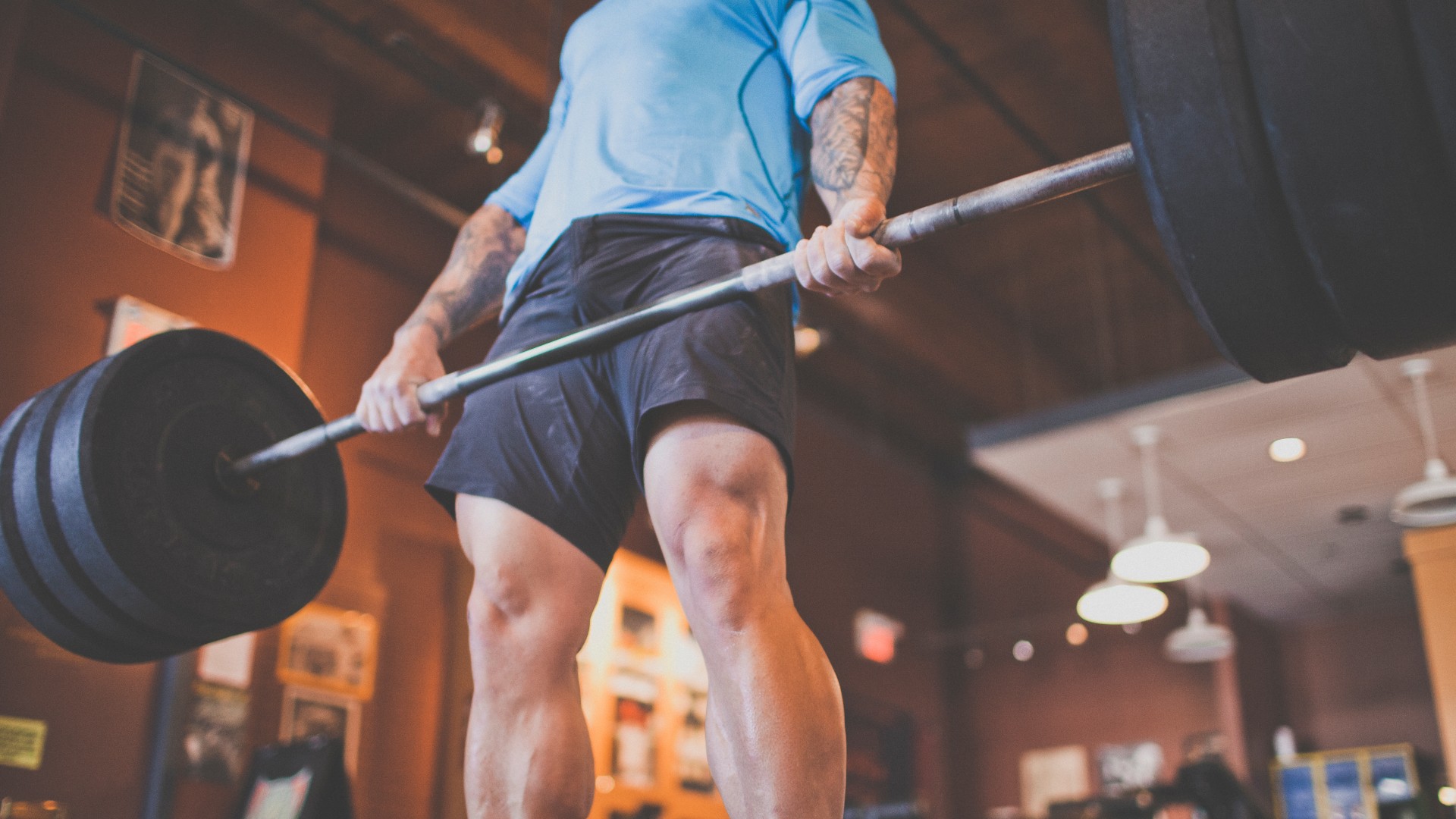How to lift heavier on your deadlifts
Learn how to lift heavier on your deadlifts and feel the benefits


Take the time to learn how to lift heavier on your deadlifts and we can assure you that you’ll be feeling the benefits across your overall fitness, as well as helping improve your confidence in the gym. Patience and the right form are essential in mastering deadlifts, with this guide making it that little bit easier to correct your stance and progress to the weight you’re aiming for.
Avoiding injury and mastering your technique will be the most important aspects of your journey as you get started, plus you’ll be able to lift heavier once you really feel comfortable. Everyone has different targets, and regardless of whether you’re using a barbell or learning how to deadlift with dumbbells, the central aims of this particular activity will remain the same. Deadlifts are some of the most effective compound exercises and they can benefit your body by improving your bone mineral density, according to studies. Other benefits include helping your grip strength and boosting weight loss.
Perseverance is key in building up the strength needed to excel with deadlifts, and if you have that, then the other elements should fall into place. We spoke to personal trainer Darren Placid to get the expert knowledge to help you reach your goal and to keep you safe while doing so. Keep reading to start your journey with deadlifts, and to learn valuable workout tips along the way.
1. Improve your grip
Lifting up a bar requires serious gripping power and as Darren explains, the stronger your grip, the stronger you will be.
Your nervous system won’t recruit the maximum amount of muscle mass if you are unsure of your grip,’ he adds, explaining that your brain knows that if you can’t hold onto a weight you probably shouldn’t be trying to raise it into the air.
‘That means, if you don’t feel locked onto the bar, it’s going to be impossible to lift.’
One way to improve your grip strength, is to incorporate carries in your workout. Try walking a set distance (say 100m) with a heavy dumbbell in each hand, ensuring your back stays straight and your abs stay engaged. Repeat this several times with quick strides.
Get the Fit&Well Newsletter
Start your week with achievable workout ideas, health tips and wellbeing advice in your inbox.
You also want to incorporate more ‘pull’ movements into your workouts such as dumbbell rows, chin ups and pull ups. These will help your hands and subsequently grip, become accustomed to various weights. If you don't already own a set, take a look at our pick of the best adjustable dumbbells.
2. Build a big squat

‘Anyone who has lifted for many years will tell you that improving your deadlift probably won’t improve your squat,’ reveals Darren.
‘But if you improve your squat, it will improve your deadlift. The squat requires so much raw strength and stability through every major joint, that it impacts heavily on your performance of the other lifts.’
So, aim to incorporate squats into your weekly workout regime - perhaps three times a week - and really focus on building up the weight, whilst maintaining perfect squat form.
3. Get low to the floor
Deadlifting in running shoes? Take them off immediately! If you want to lift heavier on your deadlifts, go barefoot or opt for lifting trainers.
‘If you’re lifting with soft-soled trainers, such as running trainers, you’ll add a lot of weight to your deadlift just by removing them,’ says Darren.
There are a couple of reasons for this.
‘The first is that you’ll literally have less distance to move the weight. Some trainers could be adding two or three centimetres of height. It might not sound like much, but it can make a big difference.’
Darren adds: ‘The second reason removing your trainers will help your lift, is that they absorb some of your force. If the soles of your trainers are soft because they are designed to absorb the forces of running or similar activities, then they will also be absorbing some of the drive for your deadlift.’
So, when you try and jump in the air while standing in deep sand, you won’t jump as high as the soft surface under foot reduces your power. The same thing happens with running trainers.
- Best cross training shoes: the best trainers for CrossFit, HIIT and more
4. Practice submaximal reps

Sorry, what?
Darren explains that you must practice your deadlifting to build optimal technique, however it’s a good idea to lift a weight that isn’t your max.
‘Every lift above 70% of your one rep max is going to increase strength. That means if you can deadlift 140kg for one rep, performing reps with 98kg and above will still build more strength. The benefit is, the reps using lower weight are going to look a lot better and you’ll be drilling your perfect technique.’
And, as mentioned, nailing the technique is of utmost importance.
5. Film the lift
We’ve all looked at someone else doing deadlifts and shuddered at their lack of form. Our deadlifts would never look like that, right? Don’t be so sure, says Darren.
‘If you want to change something, you must measure it. You should be tracking the sets, reps and weight lifted for your workout anyway but recording the reps doesn’t record what those reps looked like.’
He adds that if you want to improve your deadlift, it isn’t just about improving the weight moved.
‘It’s about making it a better lift. The better your technique, the more weight you will ultimately be able to get off the ground. Filming your lifts will allow you to track the progression of your technique.’
Prop your phone up nearby, and once filmed, you can analyse every movement within your deadlift. You may find that your core isn’t as engaged as it could be which is making your midsection weaker and stopping you from adding more plates to the bar.
6. Engage your core
‘Strength also comes from within. If you have that strong core it will aid you to lift that little bit more. Strengthen that core with specific exercises and you will also be able to lift more too,’ says Darren.
Unsure how to strengthen your core? Try starting with the best workouts for abs.
7. Fuel up
If you’re trying to deadlift heavy on an empty stomach, you might be setting yourself up to fail.
Whilst you may not feel hungry when you wake up, your muscles will need a glycogen hit to get them prepared for lifting. Food is fuel after all, and if you aren’t giving your muscles the fuel they need, you can’t expect them to function optimally.
In the morning, try a banana and a couple of oatcakes before a workout. If you’re training after lunch, then be sure that lunch contains an adequate amount of healthy carbs to get those muscles pumped! Try a portion of brown rice, or wholemeal bread or even a tasty baked sweet potato.
Lucy is a freelance journalist specializing in health, fitness and lifestyle. She was previously the Health and Fitness Editor across various women's magazines, including Woman&Home, Woman and Woman’s Own as well as Editor of Feel Good You. She has also previously written for titles including Now, Look, Cosmopolitan, GQ, Red and The Sun.
She lives and breathes all things fitness; working out every morning with a mix of running, weights, boxing and long walks. Lucy is a Level 3 personal trainer and teaches classes at various London studios. Plus, she's pre- and post-natal trained and helps new mums get back into fitness after the birth of their baby. Lucy claims that good sleep, plenty of food and a healthy gut (seriously, it's an obsession) are the key to maintaining energy and exercising efficiently. Saying this, she's partial to many classes of champagne and tequila on the rocks whilst out with her friends.